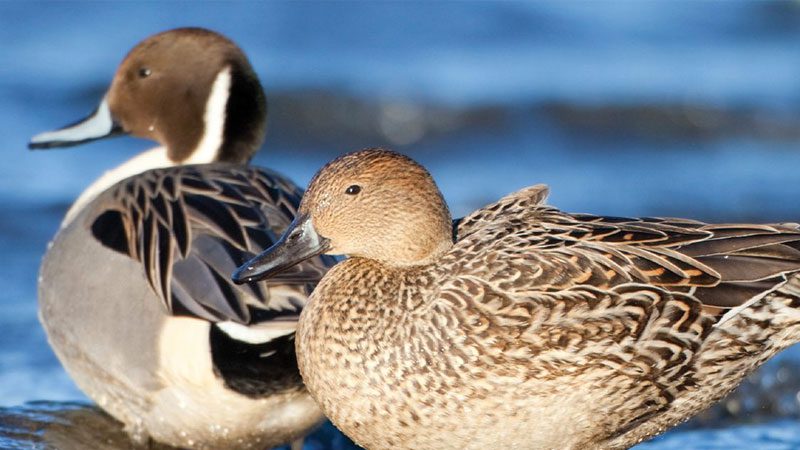
Northern Pintail
Hope B. McCormick Swan Pond
Did You Know?
- Northern pintails migrate in large groups from northern Canada and Eurasia to Central America, northern Africa, and southern mainland Asia. They form long, waving lines that can reach speeds of 48 mph. The longest recorded nonstop northern pintail flight was 1,800 miles.
- Females have been known to feign injury to divert predators from their young.
- This is one of the most numerous species of duck, with a very large range.
Don’t See the Animals?
Why aren’t animals visible at all times? To promote positive animal welfare, we provide animals with choices. They can choose to spend time in areas that are out of public view.

Take an Animal Home with You
Overview
Scientific Name: Anas acuta
Class: Birds
Diet: Seeds, leaves, aquatic vegetation, snails, crustaceans, and grains
Range: Russia, Europe, North and Central America, the Caribbean, Southeast Asia, and areas surrounding the Sahara Desert
Endangered Status: Least Concern
More Information
These medium-sized ducks are dabblers between 20–30 inches long, with 34-inch-long wingspans. They have long necks and slim bodies. During breeding season, males develop a white breast and a white line down their brown head. Otherwise, they are brown, like the speckled females. Males and females also have different vocalizations. These birds are named for their long, pointed tail feathers.
Northern pintails engage in interesting courtship behaviors—including chases. Females nest early in the year, sometimes before ice has even melted. Nests are shallow depressions on dry ground, usually near water. Males do not stick around during the 25-day incubation. Ducklings leave the nest within a day of hatching and fledge after a month or two.
